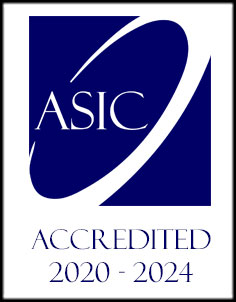Course Overview
The legislative process can be lengthy and complex. Former Permanent Secretary to the UK Cabinet Office, Richard Heaton, stated in a report about the legislative process: “Excessive complexity hinders economic activity, creating burdens for individuals, businesses and communities. It obstructs good government. It undermines the rule of law.”
It is crucial for public officials, parliamentarians and legislators to understand the full legislative process in order to achieve maximum efficiency in creating effective legislation.
This three-day training programme will share in-depth knowledge of the full legislative process and will highlight common areas where legislation can become increasingly complex and how to avoid them. Participants will share experiences and discuss good practices when initiating and developing legislation alongside top practitioners and trainers in the field.
Participants will also be able to implement the course's learning through practical drafting exercises. The course chair will evaluate these exercises and provide detailed feedback at the end of the week.
Learning Outcomes
By the end of the course the delegates will be able to:
- Share insight into the process of turning policy into legislation
- Better understand the principles of legislative drafting
- Utilise plain language and bring clarity to legislation
- Make laws more readable to those affected by them
- Amend outdated legislation
- Recognise common drafting mistakes and how to avoid them
How You Will Benefit
- The opportunity to gain a recognised professional qualification
- Hear the latest insights, research and developments in legislative drafting efforts from leading experts
- Network and share ideas with colleagues from around the world
- Enhance your skills and knowledge in the field of drafting legislation


What Learners Say
Attorney General`s Ministry, Belize
“ The course was very enjoyable and very well delivered. As a trained legislative drafter of over 19 years, the main aim was as a refresher as well as learning modern techniques, use of jargon and how this has changed over the years. The course delivered on my objectives. “